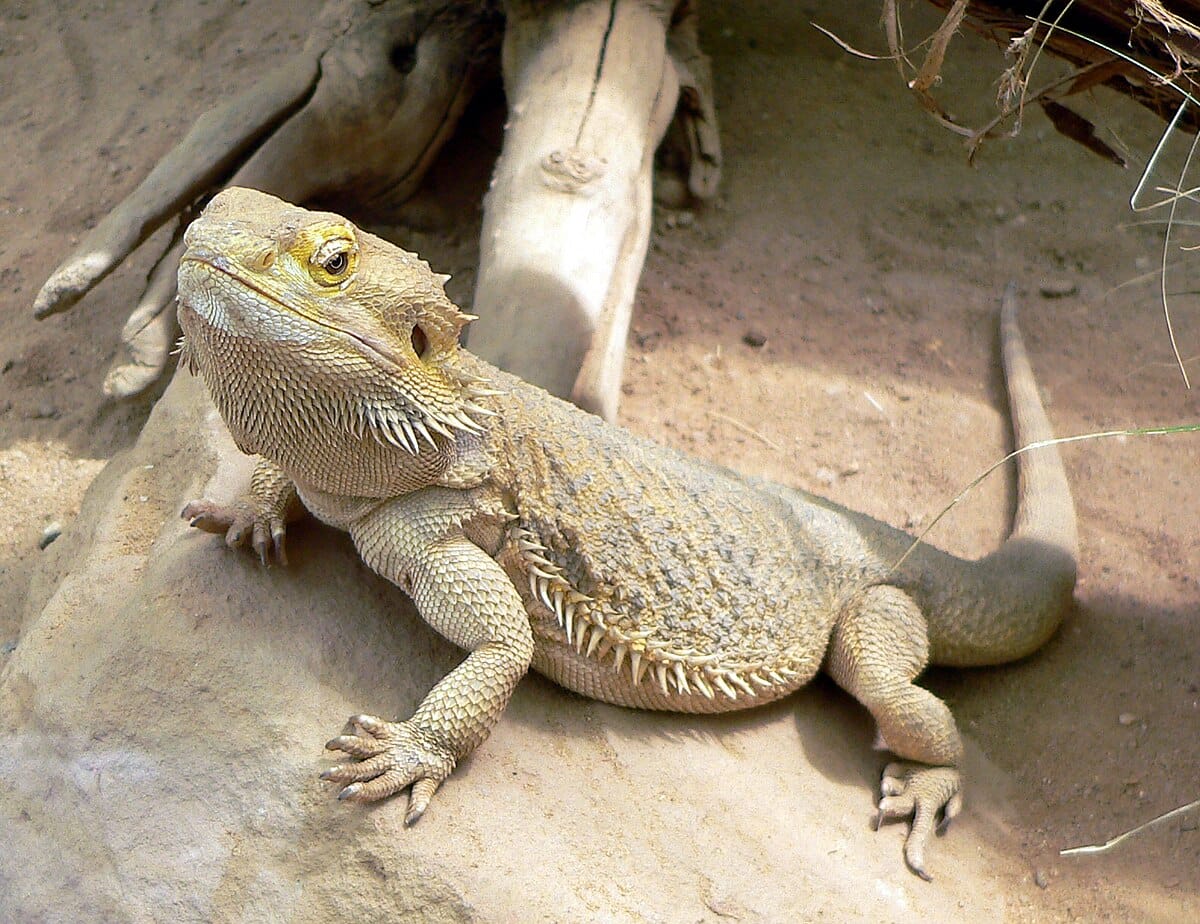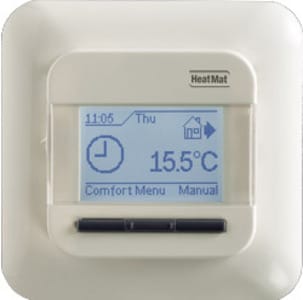The hot, cool and ugly

Like us, exotic animals have needs (duh) and with these needs comes a demand for the correct temperature in order to feel nice, relaxed and more importantly less grumpy!
One of the classic examples here include the chameleon, an animal in which gratefully asks for between 21 - 27 degrees Celsius on a day and 27 - 29 for the warmer areas. These requirements vary from animal to animal and come from where they live, desert creatures will need the heat and less humidity whereas tropical animals will normally need both humidity AND heat (naturally)

Which brings us onto heat mats -
Heat mats link us onto temperature as they are the most widely used and excepted form of temperature control for exotic animals, especially those awesome reptiles! They are proper, professional and a cheap form of management so its no wonder almost every reptile owner has one in a shape or form.

As previously mentioned, animals from warmer areas will naturally pair well with these heat mats as they have a higher demand for warmth in captivity. These devices are tools not just accessories and therefore should be monitored and looked after alongside the exotic animal.
Well how do they work?
Heat mats work in the way you'd expect, producing complicated sounding wavelength infrared heat for the objects the rays of heat strike, allowing for retained air temperature to be lower. In simple terms, it spreads out heat along to all objects (or animals) in close quarters while keeping the air safe from burning. This differs from other forms of temperature control as there is no physical flame or fumes produces while the mat is working, leading to a safer environment.

DANGER DANGER -
With simplicity and effectiveness comes potential mishaps and real dangers, heat mats are no different. Incorrect assembly or neglect through lack of observation can lead to a nice warm temperature for your exotic friends becoming a disastrous heat that will effect ALL animals negatively. Furthermore, this will lead to burning and scars, discomfort and worst case scenario fatal accidents for the animals involved.
Like all issues however, there's a solution here. Our friends in thermostats actively play a critical role in controlling the heat mats temperature for you, leading to less risks from the mat becoming too hot and spicy or on the other hand, too cold and chilly. No burns, no fatalities.

A simple guide on installation -
- Perhaps obviously, open up and unpack all of your essentials and place them in an area where you can see them. This will help you see all the tools to your disposal and will be easier going forward!
- Have the heat mat lay flat in your desired location, ensuring its position is in contact with the surface you want it to heat
- Now with the thermostat probe, place in an area where the need to monitor the temperature is needed and easy to view, usually inside the tank. Then to secure it further, use tape or similar means to keep the probe in place.
- Plug the heat mat and thermostat together and check for power.
- Time to set up your desired temperature settings depending on the animals needs, referring to the manual given before testing the setup by regularly analysing the temp and making the needed adjustments!

In summary -
To conclude, all exotic animals have temperature needs in which we as the ones who look after them must adhere to for proper care. The most common and perhaps effective manor in which to do this is heat mats! Given the correct care and setup, heat mats give a sense of comfort and warmth (pun intended) to your animals, leading to happy, healthy and more importantly safe friends.


